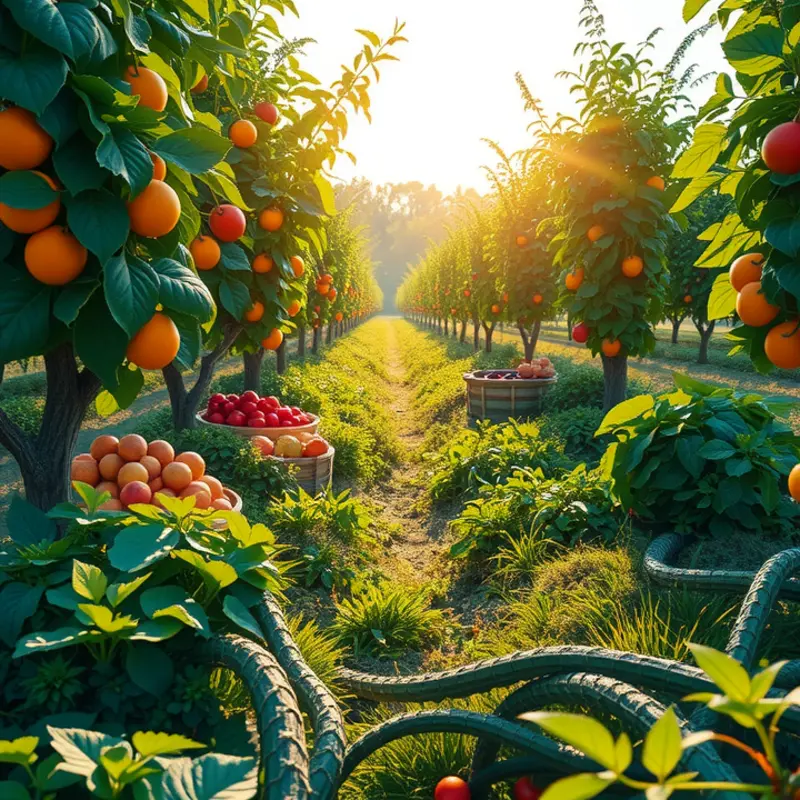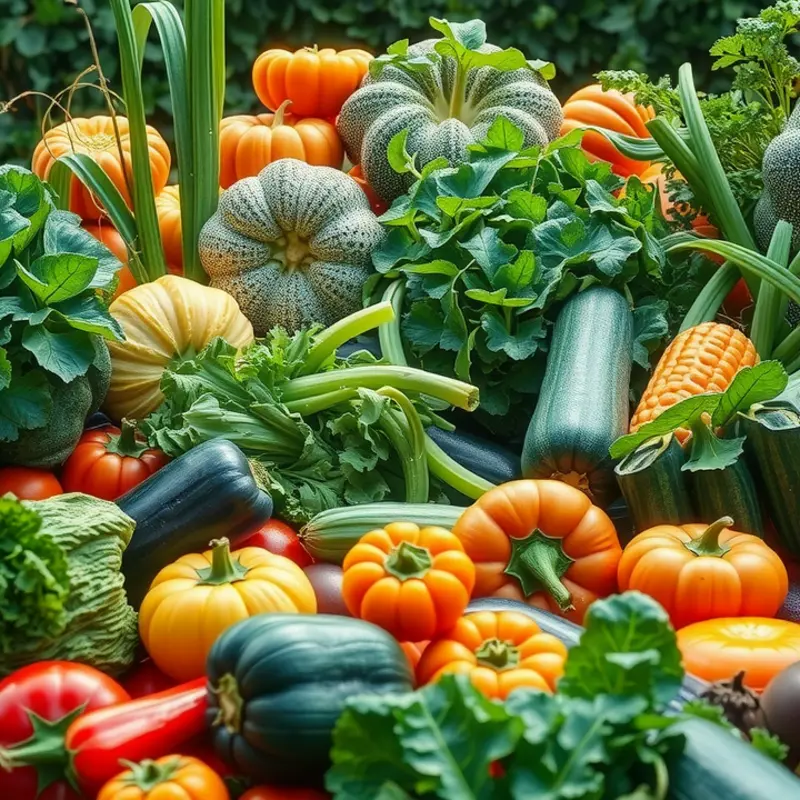As individuals increasingly recognize the climate crisis, making environmentally conscious food choices takes center stage. Food production and consumption contribute significantly to carbon emissions, urging us to rethink our diets. By understanding the environmental footprint of our food choices, we can make informed decisions that not only nourish our bodies but also protect the planet. Simple shifts in our eating habits can lead to substantial reductions in our carbon emissions, paving the way for a more sustainable future. Let’s dive into practical strategies to minimize food carbon emissions and make eco-friendly choices.
Understanding Food Carbon Emissions

As the spotlight on climate change intensifies, the role of our food choices becomes undeniably crucial. Food production accounts for nearly a third of global greenhouse gas emissions, making understanding its carbon footprint essential for a sustainable lifestyle.
Sources of Food Carbon Emissions
Food carbon emissions originate primarily from agriculture, transportation, processing, packaging, and waste. Agriculture alone, with its dependence on synthetic fertilizers and energy-intensive farming practices, is a major contributor. Livestock, especially cattle, emit methane—a potent greenhouse gas. On top of that, land-use changes, such as deforestation for crop or livestock expansion, exacerbate emissions.
High-Impact Foods
Not all foods are equal in terms of carbon emissions. Animal-based foods, particularly red meat and dairy, emit significantly more greenhouse gases compared to plant-based alternatives. For example, producing beef requires large amounts of feed, water, and land, resulting in high emissions. In contrast, grains, legumes, and vegetables generally have a lower impact on the environment.
Impact on Sustainability
The relationship between food emissions and sustainability is complex. High carbon foods exhaust natural resources faster than they can replenish. This leads to soil degradation, water scarcity, and loss of biodiversity. By choosing lower-impact foods, like replacing a portion of meat with plant proteins, we promote a more sustainable and resilient food system.
Local vs. Imported Produce
Transporting food across continents increases its carbon footprint, making local produce an attractive option for lowering emissions. However, the impact of transportation is often less significant compared to farming methods. Efficient transportation can sometimes result in lower emissions than inefficient local farming. Hence, choosing local produce isn’t universally better, but understanding its origins and farming practices can guide sustainable choices.
By recognizing the variances in carbon emissions across food groups, we can make informed decisions that align our diets with environmental sustainability. As you aim to reduce your carbon footprint, embrace resource-efficient ingredients and methods that enhance meals without draining the planet’s resources. Visit Eco-Smart Kitchen Storage for more tips on enhancing efficiency in your cooking practices.
Practical Tips for Sustainable Eating

Making your diet more sustainable doesn’t have to be an overwhelming task. With some practical tips, you can significantly cut down your food carbon emissions without sacrificing taste or nutrition. Start by choosing local and seasonal foods, which minimize the transportation distance your food travels. When you buy strawberries in winter, for instance, consider the fossil fuels used to transport those berries to your local store.
Switching to a plant-based diet can greatly lower your carbon footprint. Eating more vegetables, grains, legumes, and nuts reduces reliance on animal agriculture, which accounts for a significant portion of global greenhouse gas emissions. If adopting a fully plant-based diet feels daunting, start small by incorporating meatless Mondays or similar practices into your routine.
Meal planning is an effective strategy for reducing food waste and ensuring your meals are both eco-friendly and satisfying. By planning your meals for the week, you can source ingredients more intentionally, thereby avoiding the last-minute decision to order takeout, which often comes at an environmental cost. Utilize batch cooking techniques, discussed in detail here, to save time and energy in the kitchen, further enhancing your sustainable efforts.
Reducing food waste not only lowers emissions associated with food production but also saves money. Embrace the habit of storing leftovers for future meals, practicing proper food storage techniques, and composting scraps when possible. Simple steps like keeping your pantry organized can prevent foods from going bad unnoticed.
Another effective method is to experiment with ingredient substitutions. This allows for flexibility in cooking and the ability to use what you already have at home. Consider replacing animal-derived ingredients with plant-based alternatives and find ways to enhance flavors without relying on imported, high-emission goods.
Finally, educate yourself on the environmental impacts of different foods. The more you know, the more informed choices you can make. Remember that every small change contributes to a larger impact – by adapting your eating habits even slightly, you’re stepping towards a more sustainable food future.
Final words
Minimizing food carbon emissions is a journey, not a destination. By understanding the sources of our food’s carbon footprint and adopting sustainable eating practices, we take significant steps toward a healthier planet. Decisions around what we consume can feel daunting at times, but remember that every small action counts. Each meal provides an opportunity to choose better—favoring local farms, prioritizing seasonal produce, and reducing food waste are just a few ways to make impactful changes. Empower yourself by participating in sustainability; your food choices can indeed shape a greener future for us all. Let’s commit to making these eco-friendly choices together.








